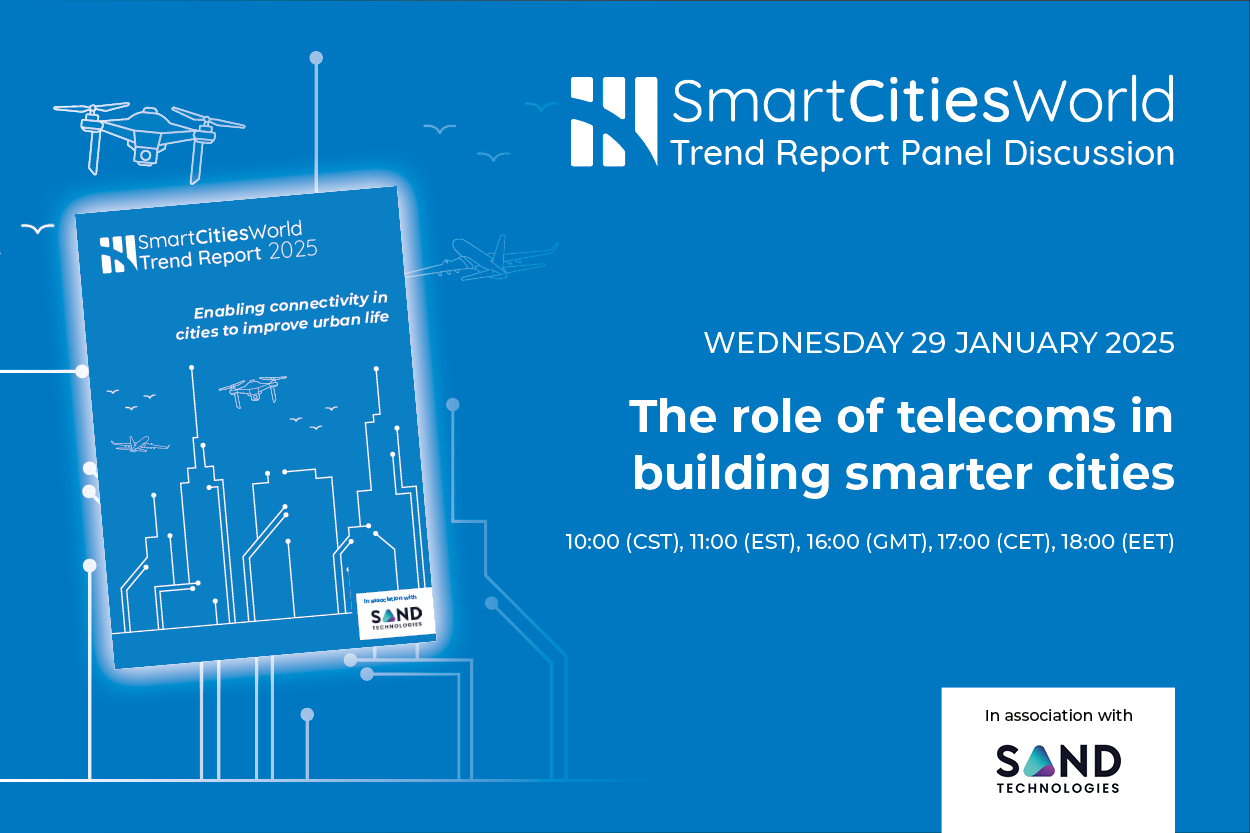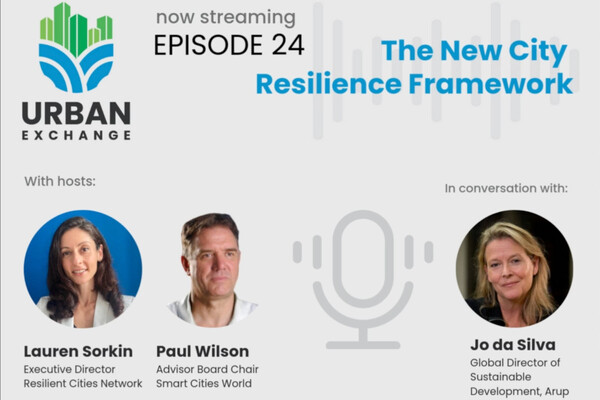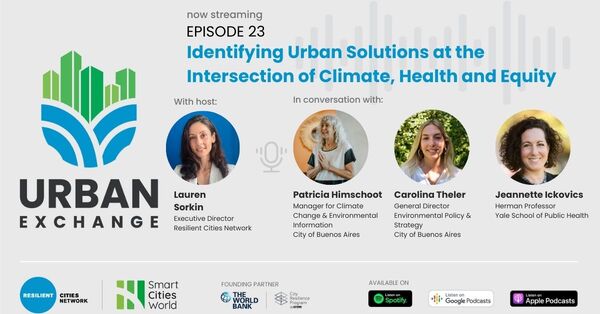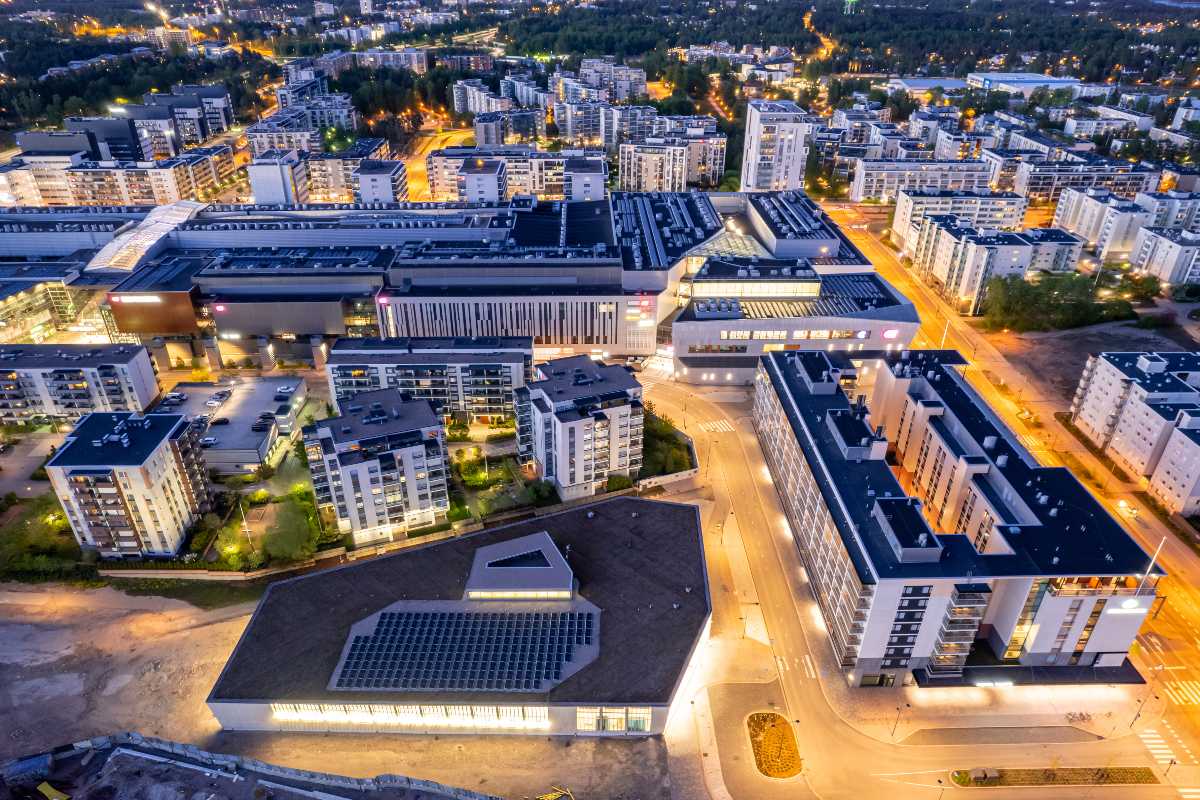Special Reports
SusHi Tech Tokyo 2024: experience ‘Tokyo 2050’ todaySponsored by The SusHi Tech Tokyo 2024 Showcase Program Executive Committee
Water utilities look to smart water technologies and investments in 2019
John Fillinger, Director of Utility Marketing, Badger Meter, rounds up his top smart city water trends for 2019.

Now more than ever, water utilities are being asked to do more with less. Efficiency, flexibility, reliability and accuracy remain paramount to ensuring the longevity of a system and delivering overall cost savings.
Finding water metering solutions and technologies that can help to achieve these goals is top-of-mind for utility managers.
As water utilities evaluate strategic financial investments in their water systems during 2019, the following key trends are predicted to shape how they will be thinking about and managing their water systems:
- The benefits of new smart water metering solutions, such as cellular and Internet of Things (IoT)-enabled devices
- The overarching interoperability of smart water and the smart city
- How engaging the water utility customer can support water conservation efforts across a city
- Vigilant cybersecurity technology
- The impact of an ageing workforce.
Top water metering trends for 2019
Strategically investing in a smarter water system: In last year’s AWWA 2018 State of the Water Industry Report, optimising operations was highlighted as a great concern for utilities. Because most water utilities and municipalities have limited resources, this trend is expected to continue in 2019.
Deploying a solution that leverages smart data and offers flexibility can help. By implementing a smart water metering solution enabled by the Internet of Things (IoT), water utility managers can build a holistic view of their water system – especially when using solutions where the water utility owns its data. Water utility managers can get a hands-on view of their water system that can enable them to better understand and manage the utility’s operations – and save money.
For instance, one utility in Kentucky used the savings gained from its initial commercial meter pilot to help pay for expanded deployment across its entire water system.
Cellular and IoT-based technologies powering utility efficiency and resiliency: As an ongoing trend, the capabilities of cellular and IoT-based technologies will continue to expand in 2019. Cellular technologies eliminate the need for traditional fixed-network infrastructure and provide a flexible transition from mobile technology.
Without the need for traditional fixed-network infrastructure, water utilities can focus their network installation and maintenance costs on other projects. In the past, water utilities upgraded their systems by installing a new physical network around a city. In contrast, cellular-enabled water metering solutions eliminate the upfront expense and hassle tied to fixed-network deployment.
Cellular-enabled water metering solutions eliminate the upfront expense and hassle tied to fixed-network deployment.
While all of these benefits are important to the daily operations for a water utility, when a crisis happens routing operations often go upended. Recent devastating hurricanes, wildfires and tornadoes have destroyed portions of the infrastructure of a number of cities.
One of the largest, albeit hopefully unused, benefits of cellular-enabled technologies is resiliency. Because of the importance to first responders, cellular networks typically come back online fast in order to support emergency efforts. That means a water utility using cellular networks would be back online too, without having to repair infrastructure.
Smart water drives the smart city: As key decision-makers in how a city implements its smart city technologies, water utilities must consider the value of flexibility. By implementing IoT-enabled cellular networks, water utilities and the cities themselves have options. Cellular-enabled technologies are not a one-size-fits-all solution.
Because cellular does not require any infrastructure, the water utility and city can install technologies that best fit their respective needs. For example, cellular can also support smart sensors for parking meters, lights, transportation and more.
Empowered utility customers can help to reduce water loss: Accurate and reliable data analytics have changed the water utility landscape. But water utilities alone can only go so far in reducing water loss and meeting water usage goals. That’s why a growing number of utilities are engaging their customers in helping to manage their water usage.
A growing number of utilities are engaging their customers in helping to manage their water usage.
As part of many advanced metering infrastructure (AMI) and AMA solutions, water utility customers have access to engagement tools which enable them to see their personal consumption data daily, hourly, monthly and annually via their smartphones, computers or tablets.
By providing clear and transparent information about water usage, water utilities are empowering and educating their customers. This can help mitigate questions about water rate increases or leaks and reduce response time – all of which can improve efficiency and support water conservation efforts.
Vigilant cybersecurity preserves systems: With cities becoming more and more vigilant about the security of their cyber-networks, water utilities need to know how to protect themselves. Paramount, especially when implementing a cellular- or IoT-enabled technology, is keeping technology up-to-date and deploying technology with the correct security certifications.
To ensure data security, water utilities should insist that the provider offers third-party certification.
Supporting ageing workforce needs: The ageing workforce is a continuing concern across all manufacturing and labour-intensive industries, including the water utility industry. More and more labourers, both on the water meter manufacturing side, as well as the water utility side, are retiring or will be retiring in the next ten years.
According to research done by the Manufacturing Institute and Deloitte (2015), “over the next decade, nearly 3.5 million manufacturing jobs likely need to be filled and the skills gap is expected to result in 2 million of those jobs going unfilled.”
While not a replacement for workers, managed solutions can help ease the burden for water utilities. By housing knowledge and data in an owned solution, a water utility won’t lose years of experience and knowledge when employees retire.
While each of these trends highlights a unique aspect of the water metering industry, in total, the demand for advancements is driven by the desire of utilities to save time and money – two resources in far too limited supply.
You might also like:

















